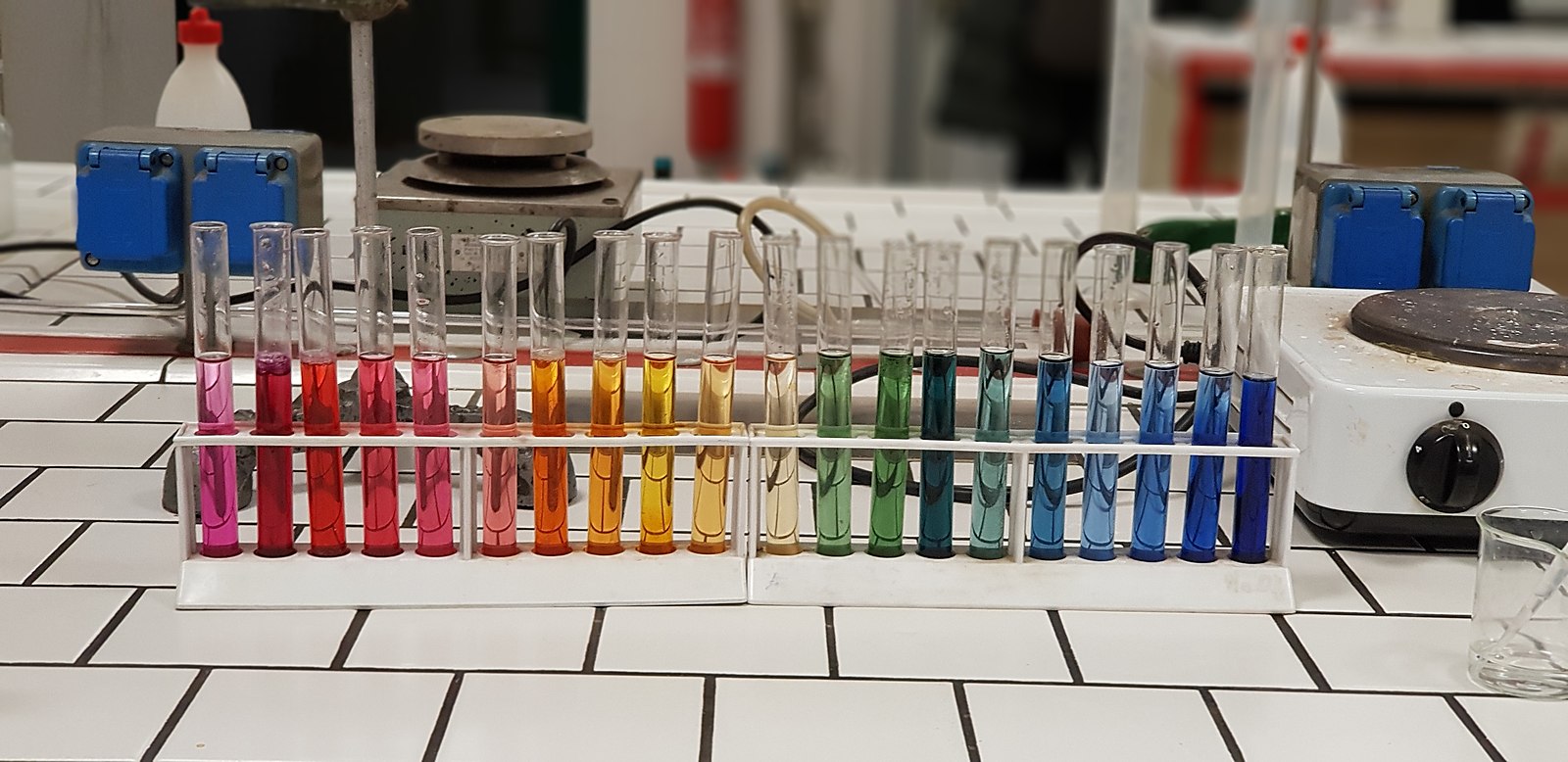The pH of acetone in water is approximately 7, which means that it is neutral. Acetone, also known as 2-propanone or dimethyl ketone, is a colorless, highly volatile, and flammable liquid with a characteristic pungent odor. It is miscible with water and serves as an important organic solvent in industry, home, and laboratory.
Understanding the pH of Acetone in Water
Acetone is a neutral compound, meaning it does not have any acidic or basic properties. When dissolved in water, the pH of the solution remains neutral at around 7. This is because acetone does not undergo any significant ionization or dissociation in water, and it does not produce any hydrogen ions (H+) or hydroxide ions (OH-) that would affect the pH.
The pH of a solution containing acetone and other substances, such as HNQ (2-hydroxy-1-naphthalenecarboxaldehyde), can be affected by the pH of the solution. For example, the pH of HNQ in 80% DI/acetone affects the absorbance significantly if the solution is acidic. However, as the solution becomes basic, the effect is less pronounced.
Acetone Production and Disposal
Acetone is produced and disposed of in the human body through normal metabolic processes and is normally present in blood and urine. People with diabetic ketoacidosis produce it in larger amounts. It is also produced during fermentation and is a byproduct in the distillery industry.
Acetone Production
Acetone is produced in the human body as a byproduct of fat metabolism. When the body breaks down fat for energy, it produces acetone as a waste product. This is a normal process, and small amounts of acetone are always present in the blood and urine.
People with diabetes, particularly those with diabetic ketoacidosis, may produce larger amounts of acetone due to the body’s inability to properly use glucose for energy. In this case, the body turns to fat for energy, leading to the production of excess acetone.
Acetone Disposal
Acetone is also produced and disposed of in industrial processes, such as fermentation and distillation. In these cases, proper handling and disposal methods are essential to prevent environmental contamination.
Handling and Disposal of Acetone in Water
Acetone is a volatile organic compound (VOC) and has VOC-exempt status in the United States. When dealing with acetone in water, it is important to use proper handling and disposal methods to minimize the risk of exposure and environmental contamination.
Handling Acetone in Water
- Store acetone in a cool, well-ventilated area away from sources of ignition.
- Wear appropriate personal protective equipment (PPE), such as gloves and goggles, when handling acetone.
- Avoid skin contact and inhalation of acetone vapors.
- Ensure adequate ventilation when using acetone.
Disposal of Acetone in Water
- Do not dispose of acetone in the environment, such as by pouring it down drains or into waterways.
- Follow local, state, and federal regulations for the proper disposal of acetone.
- Consider recycling or recovering acetone for reuse, if possible.
- Consult with a hazardous waste disposal service for the safe and responsible disposal of acetone.
Conclusion
In summary, the pH of acetone in water is approximately 7, making it a neutral compound. Acetone is produced and disposed of in the human body through normal metabolic processes, as well as in industrial processes. When dealing with acetone in water, it is essential to use proper handling and disposal methods to minimize the risk of exposure and environmental contamination.

